China held the world’s leading position in many fields
in the study of nature, from the 1st century before Christ to the 15th
century, with the four great inventions having the greatest global
significance – papermaking, printing, gunpowder and the compass.
Actually China contributed countless ancient inventions to the world.
Ancient Chinese inventions such as gunpowder, silk, paper, and the
compass were and still are prominent pieces of Chinese and global life.
1. Paper Making 105 A.C
Paper was first invented in China about 105 A.C. Its use
then spread to Chinese Turkestan in central Asia, the Arab world (c.
751 A.D.), Syria, Egypt, Morocco, Spain (c. 1150 A.D.), southern France,
and the rest of Europe.
2. Movable Type Printing 960-1279 AD
In the Song Dynasty (960-1279), a man named Bi Sheng
carved individual characters on identical pieces of fine clay. Each
movable type had on it one Chinese character which was carved in relief
on a small block of moistened clay. After the block had been hardened by
fire, the type became hard and durable and could be used anytime and
anywhere. The movable type pieces could be glued to an iron plate and
easily detached from the plate. Characters could be assembled to print a
page and then broken up and redistributed as needed. When the printing
was finished, the pieces could be put away for future use.
3. Gunpowder 1000 A.D
Gunpowder was invented in China c. 1000 A.D. and
probably spread to Europe during the Mongol expansion of 1200-1300 A.D.,
but this has not been proven. The use of gunpowder in Europe was first
recorded in 1313. Europeans used gunpowder for cannons, while the
Chinese used it primarily for firecrackers. Despite such early knowledge
of explosives and their use, China did not pursue the development of weaponry
as did the West; ironically, it was through the use of cannons and guns
that the Europeans were able to dominate China in the mid-to
late-1800s.
4. Compass 1100 A.D.
Historians believe that the Chinese invented the
magnetic compass and used it for navigation c. 1100 A.D. Arab traders
sailing to China probably learned of the Chinese method of sailing by
compass and returned to the West with the invention.
5. Alcohol About 2000 BC-1600 BC
The earliest alcohol makers in Chinese legend were Yi Di
and Du Kang of the Xia Dynasty (about 2000 BC-1600 BC). Research shows
that ordinary beer, with an alcoholic content of 4% to 5%, was widely
consumed in ancient China and was even mentioned on oracle bone
inscriptions as offerings to spirits during sacrifices in the Shang
Dynasty (1600 BC–1046 BC). After that, Chinese discovered that adding
more cooked grain in water during fermentation could increase the
alcohol content, so stronger drinks began to appear. Around 1000 BC, the
Chinese created an alcoholic beverage which was stronger than 11%. The
potent libation was mentioned in poetry throughout the Zhou Dynasty
(1050 BC–256 BC). Meanwhile, no beer in the West reached 11% until the
12th century, when distilled alcohol was first made in Italy.
6. Mechanical Clock 618-907 AD
According to historical research, the world’s first
clock was invented by Yi Xing, a Buddhist monk and mathematician of the
Tang Dynasty (618-907). Yi’s clock operated with water steadily dripping
on a wheel that made a full revolution every 24 hours. As time went on,
clocks were made with an iron and bronze system of hooks, pins, locks
and rods, but still followed Yi Xing’s clock design. Hundreds of years
later, Su Song, an astronomer and mechanist of the Song Dynasty
(960-1279), created a more sophisticated clock, making him the ancestor
of the modern clock.
7. Tea Production 2,737 BC
According to Chinese legend, tea was first drunk by the
Chinese Emperor Shen Nong around 2,737 BC. Then, an unknown Chinese
inventor created the tea shredder, a small device that used a sharp
wheel in the center of a ceramic or wooden pot that would slice the
leaves into thin strips. During the Tang (618-907) and Song (960-1279)
dynasties, tea production developed rapidly, and tea became a popular
drink around the country and the world. Cha Jing, written by Lu Yu in
the Tang Dynasty, is widely recognized as the world’s first scientific
work about tea production.
8. Silk About 2,100 years ago
Silk was invented by China. As early as 2,100 years ago,
the country had mastered the sophisticated technique of silk weaving –
aristocrats in the West were willing to pay gold of the same weight for
the silks. The road used to transport silk called the Silk Road. Today,
China is still the largest producer of silk.
9. Practical Umbrella 386-532 AD
The first practical umbrella, invented in China during
the Wei Dynasty (386-532 AD), was designed to protect from both the rain
and the sun. Soon thereafter they took on a more symbolic meaning as
ceremonial ornaments and momentos of the Emperor’s trust.
10. Acupunture Between the 11th and 2nd century B.C.
The Chinese system of acupuncture became one of the
healing options available in the west starting in about the 1970s. Very
different from the causal concept of western medicine, the needling
aspect of acupuncture may stem from as far back as between the 11th and
2nd century B.C., according to Douglas Allchin:
11. Iron and steel smelting 1050 BC-256 BC
It has been confirmed by archaeological evidence that
iron, made from melting pig-iron, was developed in ancient China in the
early 5th century BC during the Zhou Dynasty (1050 BC-256 BC). During
the Shang Dynasty (1600 BC-1046 BC) to the Eastern Zhou Dynasty (1050
BC-256 BC), China went into a flourishing period for steel smelting. In
the Han Dynasty (202 BC-220 AD), private-enterprise iron-making was
abolished and was monopolized by the state, creating an iron-smelting
bloom. The first famous metallurgist in ancient China is Qiwu Huaiwen of
the Northern Wei Dynasty (386-557 AD), who invented the process of
using wrought iron and cast iron to make steel.
12. Porcelain 581 – 618 AD
Porcelain is a very specific kind of ceramic produced by
the extreme temperatures of a kiln. The materials fuse and form a glass
and mineral compound known for its strength, translucence and beauty.
Invented during the Sui Dynasty (but possibly earlier) and perfected
during the Tang Dynasty (618-906), most notably by Tao-Yue (c. 608 – c.
676), Chinese porcelain was highly prized throughout the world. The
porcelain of Tao-Yue used a ‘white clay’ that was found on the edge of
the Yangtze River, where he lived. By the time of the Sung Dynasty
(960-1279) the art of porcelain had reached its peak. In 1708 the German
Physicist Tschirnhausen invented European porcelain, thus ending the
Chinese monopoly. The picture above is a teabowl with black glaze and
leaf pattern from the Southern Sung Dynasty (1127-1279).
13. Earthquake Detector 132 A D
A seismograph was developed by the brilliant scientist,
mathematician, and inventor Chang Heng (whose works also show he
envisaged the earth as a sphere with nine continents and introduced the
crisscrossing grid of latitude and longitude). His invention was noted
in court records of the later Han Dynasty in 132 AD (the fascinating
description is too long to reproduce here. It can be found on pgs.
162-166 of Temple’s book). Modern seismographs only began development in
1848.
14. Rocket 228 A D
Ancient Chinese rockets date back to at least the third
century. In 228, the Wei State used torches attached to arrows to defend
Chencang against the invading forces of the Shu State. By the late 10th
century, the Song Dynasty (960-1279) had mastered the art of using
gunpowder in its rockets. Paper tubes filled with gunpowder and fitted
with blasting fuses were attached to arrows. Later on, the gunpowder was
carried directly inside the arrow. These high-speed weapons wreaked
terror on the enemy.
15. Bronze 1700 B.C.
The Chinese Bronze Age had begun by 1700 B.C. in the
kingdom of the Shang dynasty along the banks of the Yellow River in
northern China. The Chinese craft of bronze-casting has endured for
nearly four thousand years. Scientists studied and learned the
properties of the metal ore that they found in nature. Science revealed
the idea and process for mining and smelting the metal. The craft of
casting the hot liquid metal was born. Elaborate bronze artifacts date
back thousands of years.
16. The Kite About 3, 000 years ago
Chinese inventions ran the gamut from fun to practical.
The kite was invented in ancient China around 3,000 years ago and
initially had purely utilitarian uses. Over time kite flying developed
into a hobby for the Chinese elite and kite flying is now enjoyed
worldwide. No one really knows when the first kite was flown, but legend
has it that a Chinese farmer tied his hat to a string to keep it from
blowing away and as a result, the first kite was created. It is also
speculated that kites came to be as a result of observing wind in the
sails of Chinese fishing boats. A further speculation is that the first
kite was simply a huge leaf with a long string attached.
17. The Seed drill 3500 years ago
The seed drill is a device that plants the seed into the
ground. It replaces the farmer to plant the seeds by hand, thus
allowing the farmer to plant more acreage. The first seed drill was
introduced to Europe in sixteenth century, 3500 years after the Chinese
had invented it.
18. Row Crop Farming 6 Century BC
The Chinese started planting crops in rows sometime in
the 6th century BC. This orderly technique allowed farmers to irrigate
more effectively and produce a higher crop yield.
19. Toothbrush 1498 in China
The bristle toothbrush, similar to the type used today,
was not invented until 1498 in China. The bristles were actually the
stiff, coarse hairs taken from the back of a hog’s neck and attached to
handles made of bone or bamboo.
20. Paper Money 9th century AD.
The Chinese invented paper money at the end of the
eighth or beginning of the ninth century AD. Its original name was
‘flying money’ because it was so light and could blow out of one’s hand.
The first paper money was, strictly speaking, a draft rather than real
money. A merchant could deposit his cash in the capital, receiving a
paper certificate which he could then exchange for cash in the
provinces. This private merchant enterprise was quickly taken over by
the government in 812. The technique was then used for the forwarding of
local taxes and revenues to the capital. Paper ‘exchange certificates’
were also in use. These were issued by government officials in the
capital and were redeemable elsewhere in commodities such as salt and
tea.
It is true that the Chinese are responsible for numerous
inventions that have helped shape history due to their applicability
and convenience. Without the advancements made by the ancient Chinese,
technology and culture would have taken countless more centuries to
develop to their current stage. Do you know any other influential
inventions? Please share with us by adding a comment.
CONTRIBUTIONS IN MEDICINE
The history of Chinese medicine dates back to about 200BC. Since then, Chinese have been established the original method and medicine. They has benefit which Western medicine don't have. And nowadays, the value began to be noticed around the world.
Chinese Herbal Medicine
Chinese Medicine
In China, unique medical treatment has been developed during its long history. In the civilization of the Hun people, about 200 BC, the first description of medical treatment has been discovered. In other Chinese Civilizations, many artifacts describing medical treatment have been unearthed, and have shown China to be a nation highly in tune with treating common ailments.
In the South, where the climate is mild, and many plants and animals live, Herbal medicine developed. This herbal medicine and Acupuncture are common in Chinese medicine as a way to heal the entire body, and free it from disease and pain. This is the difference between Chinese medical treatment and western medicine. Often times Chinese medical treatment takes a long time to work, but they are worth the wait in terms of their long-term value. It seems even today Western medicine is turning its eyes to alternative medicine, as it sees the potentialities to heal.
Chinese Herbal Medicine
Chinese herbal medicine is for the treatment of stomachaches, headaches, colds, the flu, and sore throats. The medicine includes marvelous things such as taking snake gall bladder or powdered deer antlers. Not necessary tasty delights, but many believe in their power to heal.
When reading about the theory begin of Chinese medicine, the word "holistic" appears often. Basically, this means that Chinese medicine seeks to threat the whole body rather than focusing on a particular organ or disease. For example, Chinese doctors may try to fight the infection using all the bodies defenses, whereas western doctors would simply cut out the appendix. In this instance the western technique works better since removing the appendix surgically is 100% effective, though there is always some risk from the surgical procedure itself. In the case of migraine headaches, on the other hand, Chinese herbs may actually prove more effective than western medical treatment.
One of the benefits of Chinese medicine is this there are relatively few side effects. Nevertheless, herbs are still medicine, not candy, and there is no need to take them if you're feeling fine to begin with. In fact, some herbs are mildly toxic and if taken over a long period of time can actually damage the liver and other organs.
Acupuncture and Moxa Cautery
Chinese Medicine
In China, unique medical treatment has been developed during its long history. In the civilization of the Hun people, about 200 BC, the first description of medical treatment has been discovered. In other Chinese Civilizations, many artifacts describing medical treatment have been unearthed, and have shown China to be a nation highly in tune with treating common ailments.
In the north, where the climate is severe, acupuncture and Moxa Cautery developed. It developed with another well-known Chinese medicine, herbal medicine. These two medical treatments are common in Chinese medicine as a way to heal the entire body, and free it from disease and pain. This is the difference between Chinese medical treatment and western medicine.
Acupuncture and Moxa Cautery
Acupuncture and Moxa Cautery are eastern physical medical treatment for reducing pain and healing fatigue. It was said that there are thirty roads of energy existing inside the body, and they work to balance the bodies internal and external physiology. When there is an unbalance, diseases are said to occur, and they appear as changes in the road. There are fourteen main roads in the human body, and from ten toxicity points exist on the each road. Doctors treat acupuncture or Moxa Cautery on the points of patient as to their symptom. Doctors who practice acupuncture feel along these points to detect weak energy and disease.
CONTRIBUTIONS IN MEDICINE
The history of Chinese medicine dates back to about 200BC. Since then, Chinese have been established the original method and medicine. They has benefit which Western medicine don't have. And nowadays, the value began to be noticed around the world.
Chinese Herbal Medicine
Chinese Medicine
In China, unique medical treatment has been developed during its long history. In the civilization of the Hun people, about 200 BC, the first description of medical treatment has been discovered. In other Chinese Civilizations, many artifacts describing medical treatment have been unearthed, and have shown China to be a nation highly in tune with treating common ailments.
In the South, where the climate is mild, and many plants and animals live, Herbal medicine developed. This herbal medicine and Acupuncture are common in Chinese medicine as a way to heal the entire body, and free it from disease and pain. This is the difference between Chinese medical treatment and western medicine. Often times Chinese medical treatment takes a long time to work, but they are worth the wait in terms of their long-term value. It seems even today Western medicine is turning its eyes to alternative medicine, as it sees the potentialities to heal.
Chinese Herbal Medicine
Chinese herbal medicine is for the treatment of stomachaches, headaches, colds, the flu, and sore throats. The medicine includes marvelous things such as taking snake gall bladder or powdered deer antlers. Not necessary tasty delights, but many believe in their power to heal.
When reading about the theory begin of Chinese medicine, the word "holistic" appears often. Basically, this means that Chinese medicine seeks to threat the whole body rather than focusing on a particular organ or disease. For example, Chinese doctors may try to fight the infection using all the bodies defenses, whereas western doctors would simply cut out the appendix. In this instance the western technique works better since removing the appendix surgically is 100% effective, though there is always some risk from the surgical procedure itself. In the case of migraine headaches, on the other hand, Chinese herbs may actually prove more effective than western medical treatment.
One of the benefits of Chinese medicine is this there are relatively few side effects. Nevertheless, herbs are still medicine, not candy, and there is no need to take them if you're feeling fine to begin with. In fact, some herbs are mildly toxic and if taken over a long period of time can actually damage the liver and other organs.
Acupuncture and Moxa Cautery
Chinese Medicine
In China, unique medical treatment has been developed during its long history. In the civilization of the Hun people, about 200 BC, the first description of medical treatment has been discovered. In other Chinese Civilizations, many artifacts describing medical treatment have been unearthed, and have shown China to be a nation highly in tune with treating common ailments.
In the north, where the climate is severe, acupuncture and Moxa Cautery developed. It developed with another well-known Chinese medicine, herbal medicine. These two medical treatments are common in Chinese medicine as a way to heal the entire body, and free it from disease and pain. This is the difference between Chinese medical treatment and western medicine.
Acupuncture and Moxa Cautery
Acupuncture and Moxa Cautery are eastern physical medical treatment for reducing pain and healing fatigue. It was said that there are thirty roads of energy existing inside the body, and they work to balance the bodies internal and external physiology. When there is an unbalance, diseases are said to occur, and they appear as changes in the road. There are fourteen main roads in the human body, and from ten toxicity points exist on the each road. Doctors treat acupuncture or Moxa Cautery on the points of patient as to their symptom. Doctors who practice acupuncture feel along these points to detect weak energy and disease.
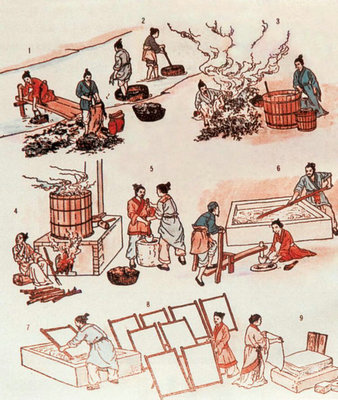
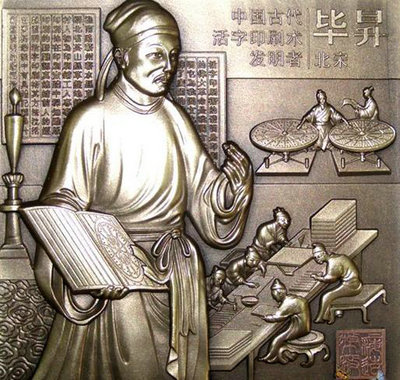
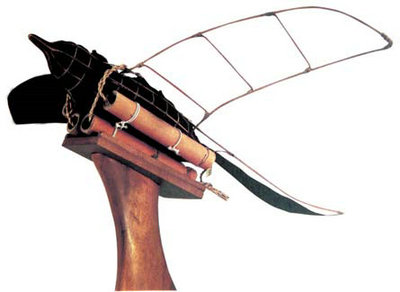
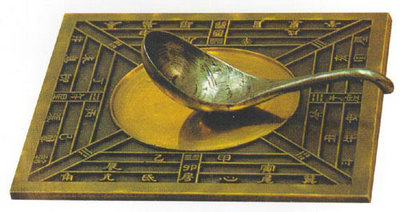
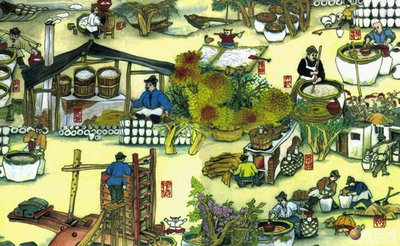
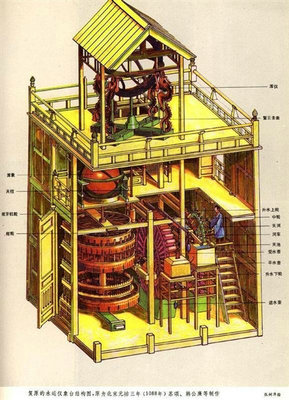
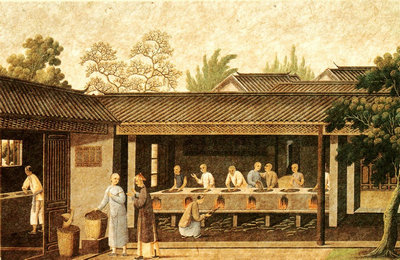
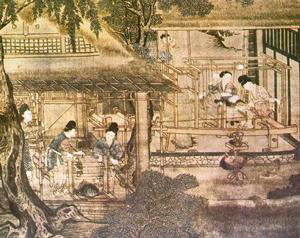
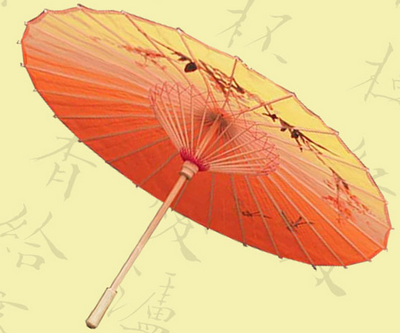

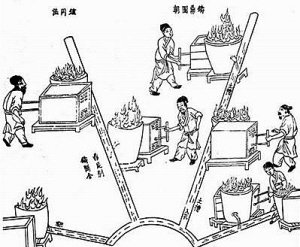
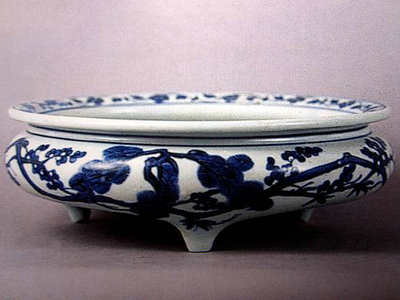


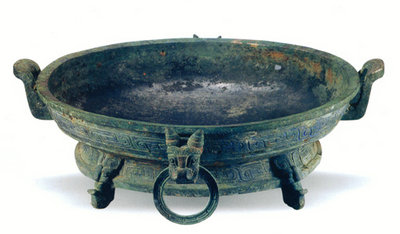
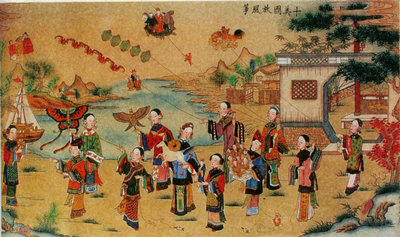
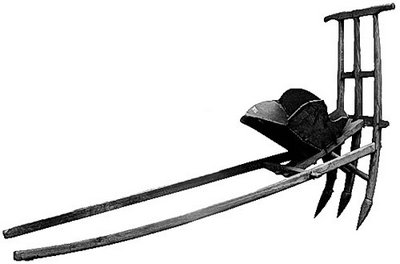

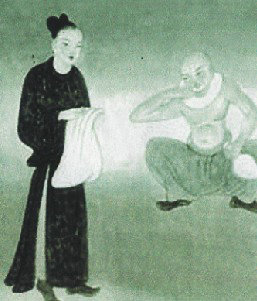
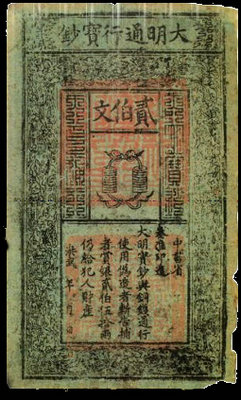
No comments:
Post a Comment